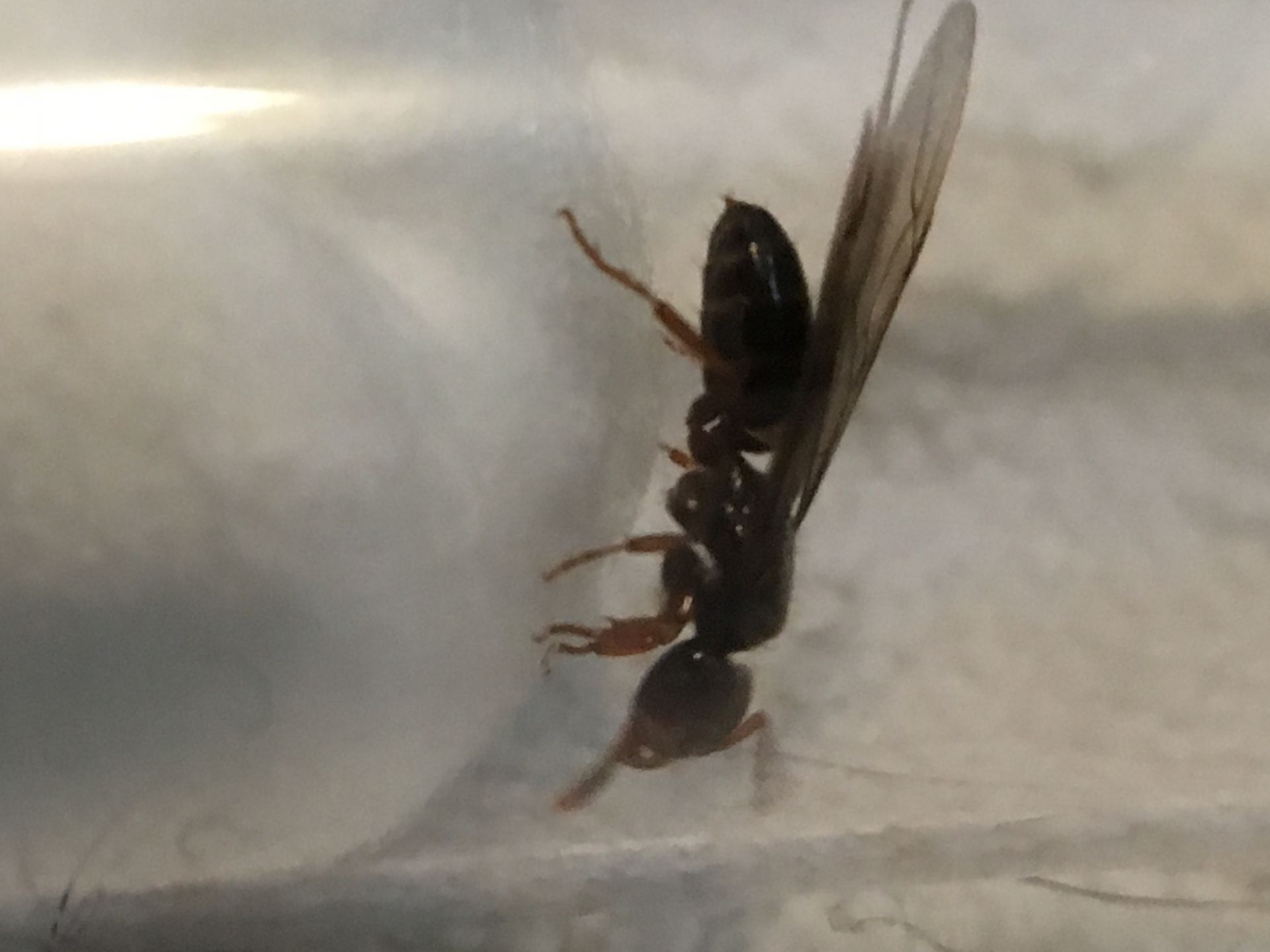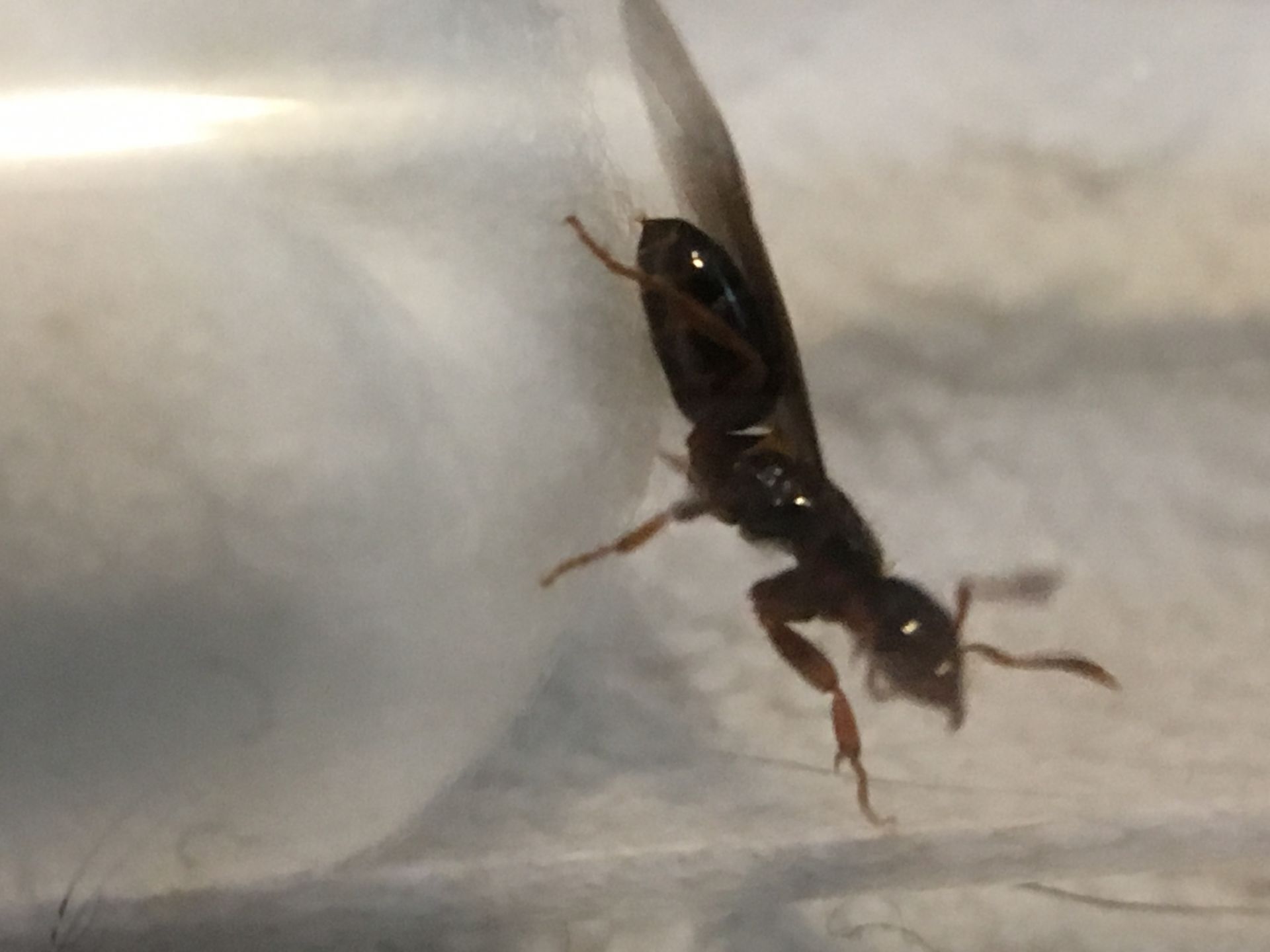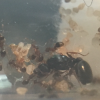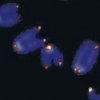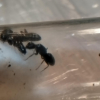Alot of parasitic lasius are able to move around in cooler temps. Right after the snow melted where I live I found alot of parasitic queens stalking around still hibernating host colonies. Just a few days ago actually I found a few parasitic Lasious queens around a massive neoniger colony while I was cleaning my yard for winter. I think they were going to get close to the colony then hibernate next to them and wait until spring when it's still cold and the host colony can't move or fight back. It would make it alot easier to take out the original queen. By the time the workers warm up and are able to move normal she would have been there so long that I'm sure her smell would smell like the nest.
I kept 3 of the queens and scooped up a decent amount of workers and brood they were to cold to run but the queens had no problem moving around. I divided them all up and put them into hibernation after a few drops of honey and roach legs. I'm hoping by spring the workers will except there new queens.
Edited by AntJohnny, November 7 2019 - 2:46 PM.

